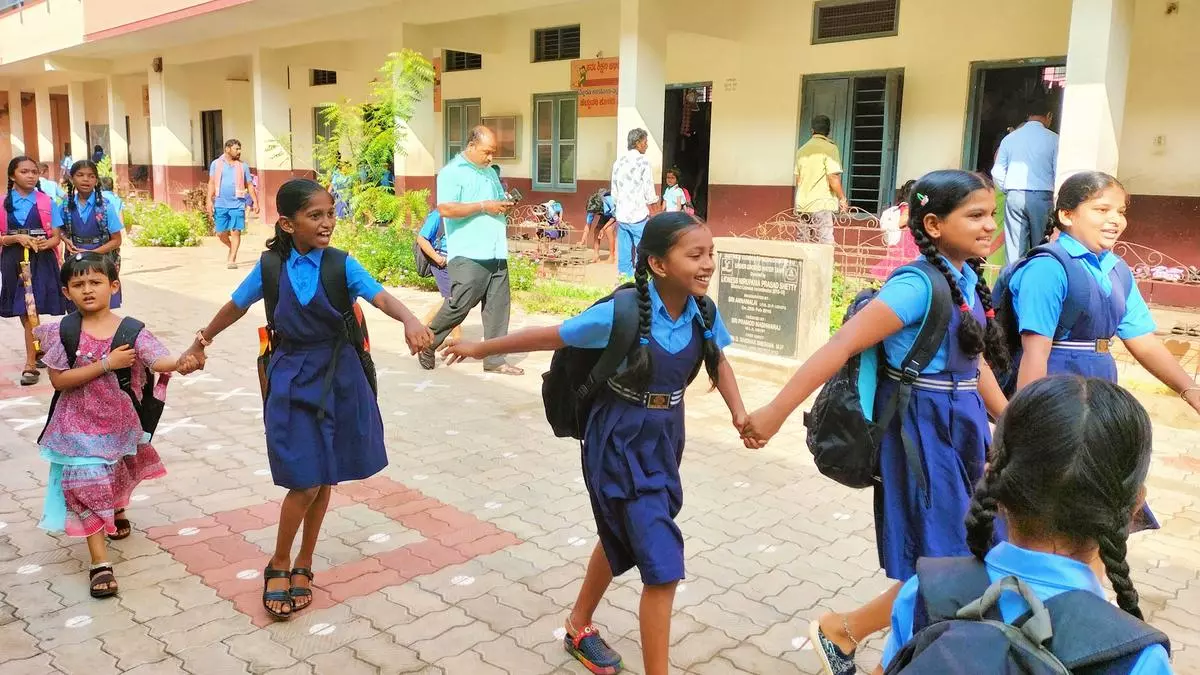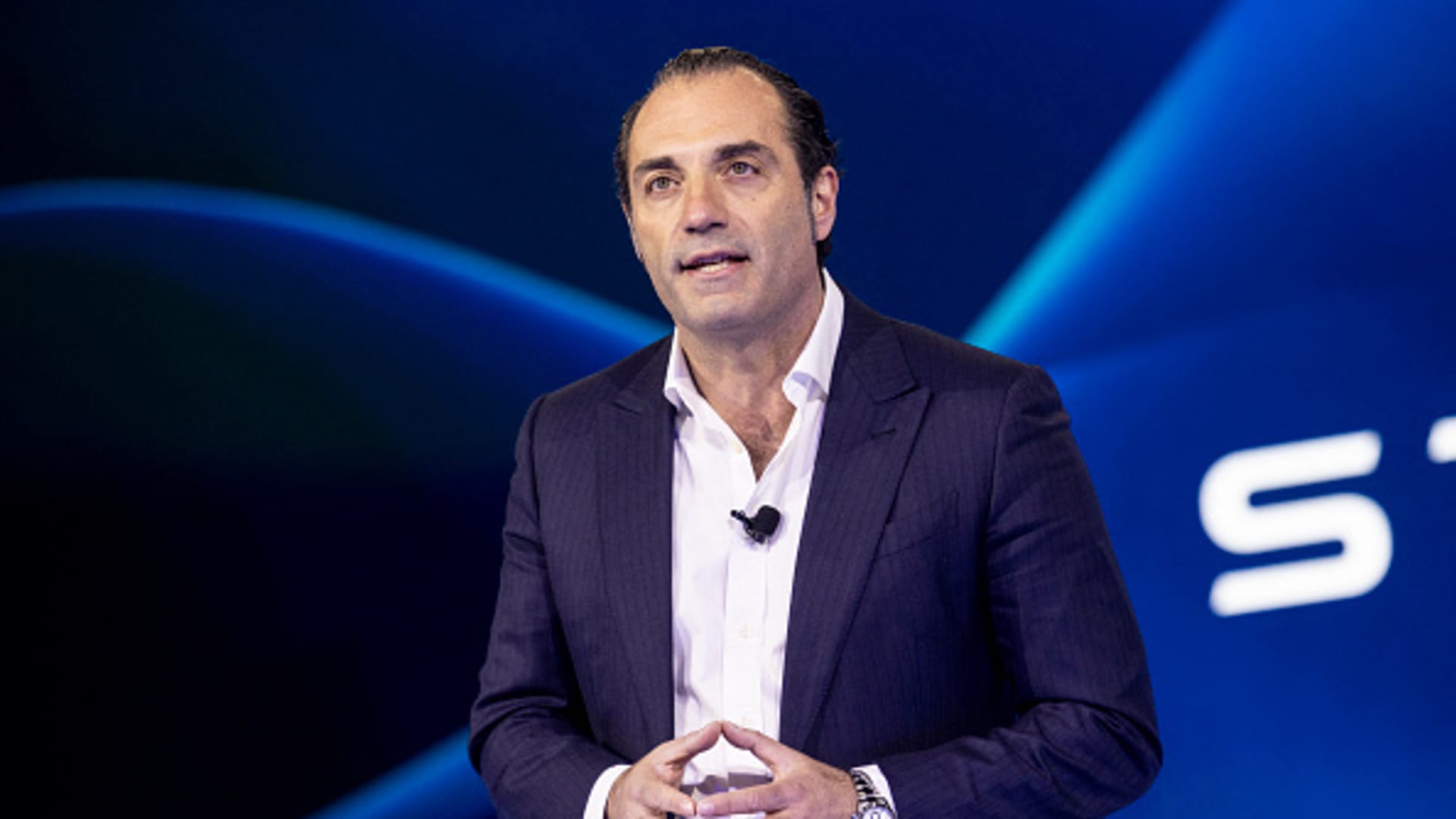#tdi_2 .td-doubleSlider-2 .td-item1 {
background: url(https://www.bworldonline.com/wp-content/uploads/2024/12/VELO_PAGE2_image13-1-80×60.jpg) 0 0 no-repeat;
}
#tdi_2 .td-doubleSlider-2 .td-item2 {
background: url(https://www.bworldonline.com/wp-content/uploads/2024/12/VELO_PAGE2_image14-80×60.jpg) 0 0 no-repeat;
}
#tdi_2 .td-doubleSlider-2 .td-item3 {
background: url(https://www.bworldonline.com/wp-content/uploads/2024/12/VELO_PAGE2_image15-80×60.jpg) 0 0 no-repeat;
}
#tdi_2 .td-doubleSlider-2 .td-item4 {
background: url(https://www.bworldonline.com/wp-content/uploads/2024/12/VELO_PAGE2_image16-80×60.jpg) 0 0 no-repeat;
}
For TMP, it’s all hands on deck with the Tamaraw
AS 2024 DRAWS to a close, Toyota Motor Philippines Corp. (TMP) is set to add yet another feather in its cap with an incredible 23rd consecutive “triple crown” — leading all auto companies here in passenger, commercial, and total vehicle sales. Yes, that’s 23 straight years of market leadership.
So imagine my incredulity upon hearing TMP President Masando Hashimoto describe the company as being a challenger in the commercial vehicle segment where the recently launched all-new Tamaraw will wage battle. Clearly, despite its legacy name, TMP is not taking any chances on the Tamaraw.
Mr. Hashimoto first voiced this sentiment shortly following the Tamaraw’s ceremonial roll-off at TMP’s massive Santa Rosa facility in Laguna. “After 2004, we stopped the commercial vehicle line (of the Tamaraw). This market is (now) dominated by Mitsubishi and Hyundai and we are quite behind. We are now the challenger,” he told reporters. “We need to develop again the image of Toyota in this specific category. In passenger cars, we have no problem, we are very confident. But this (utility vehicle space) is really a big challenge.”
At the press conference on the day of the recent (and impressive) eight-location public launch of the model, he reiterated this view, replying to my question thus: “We will do our maximum effort; we will try our best to catch again the (companies) in this area. That’s our promise to this project.”
And while the executive acknowledged the work to be done, TMP is already setting a high bar in sales expectations. Mr. Hashimoto said the company is eyeing to move 1,500 to 1,800 units a month — figures that approximate the production output of the newly established, P1.1-billion “conversion factory” in Santa Rosa which will churn out the basic iterations of the flexible workhorse.
Of course, having available units is one thing, being able to sell them is an entirely different matter. While this was touched upon during the launch program, I prodded TMP brass for more details on how it will leverage its massive ecosystem to give the model all the help it needs to be accessible to more people.
“We believe that this model isn’t just the return of the legacy name. It’s been a well-loved product among Filipinos… As I said in my speech, this is a car for the livelihood of many people — in the commercial area, in the agricultural area, in the industry. Those people should be able to access this car. One of the keys is affordability or ease of finance. Our value chain or the dealer network is a strong key to deliver in those areas,” stated Mr. Hashimoto.
I also asked Toyota Mobility Solutions Philippines, Inc. (TMSPH) President and CEO Tini Arevalo if the Tamaraw will be made available for leasing. “Maybe the basic models that are most in demand,” she replied. “The very unique conversion types will have to be purchased because they’re very specific to individual preferences. Kinto, our full-service operating lease package, is available for both business and individual customers. If people want to be asset-light and they don’t want to spend on capital too much for vehicle purchases, Kinto is a very good option, and we’re open to accept reservations.”
Meanwhile, Toyota Financial Services Philippines Corp. (TFSPH) President and Director Rommel Ocampo shared, “We’re offering our Pangkabuhayan on Wheels program for MSMEs (micro, small, and medium enterprises), especially for micro. It’s a crowded area, accounting for about 90% of establishments in the Philippines. Somehow, it’s still underserved and untapped. (Our program) focuses on the lowest down payment possible — 10%, with a maximum term of 84 months. We are also offering a weekly payment scheme.”
He added that TFSPH has “other programs that will somehow improve (customers’) ability to pay,” and keenly target those who are “fresh to credit, by employing nontraditional approaches in approving applications so that we may be able to expand the market base.” TFSPH will tailor packages “based on capability to service monthly obligations.”
With TMP and its affiliate companies staging a comprehensive, complete campaign across multiple battlefronts, you could very say that the Tamaraw definitely has more than a fighting chance as a returning “combatant.”











Leave a Comment